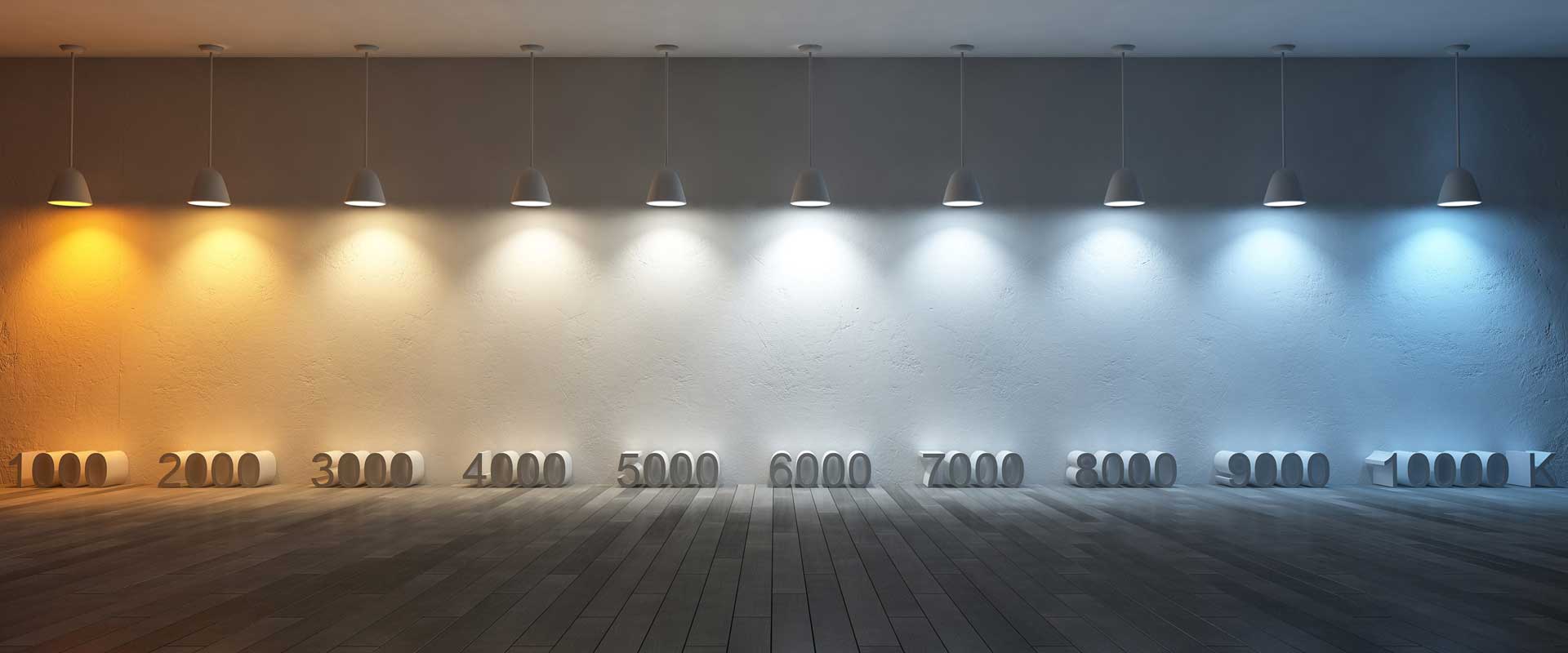Light colour and colour rendering: What is the difference? (e-learning)
19.12.2022 | Light knowlege
The colour quality of a lamp with approximately white light is characterised by two properties: the light colour of the lamp and the colour rendering.
The light colour of e.g. a lamp or daylight refers to the perceived colour of the light it emits. It is specified by its most similar colour temperature. Typical light colours are warm white, neutral white and daylight white. Despite having the same light colour, light sources can have different colour rendering properties due to the different spectral composition of their radiation. This influences the coloured appearance of objects and people.
In this course you will learn:
- which typical light colours there are,
- what "most similar colour temperature" means,
- how deviations from a given colour location can be marked using MacAdam ellipses,
- why the spectral composition of radiation is so important for colour rendering,
- what a colour rendering index specifies, and
- what assessment procedures are available.
